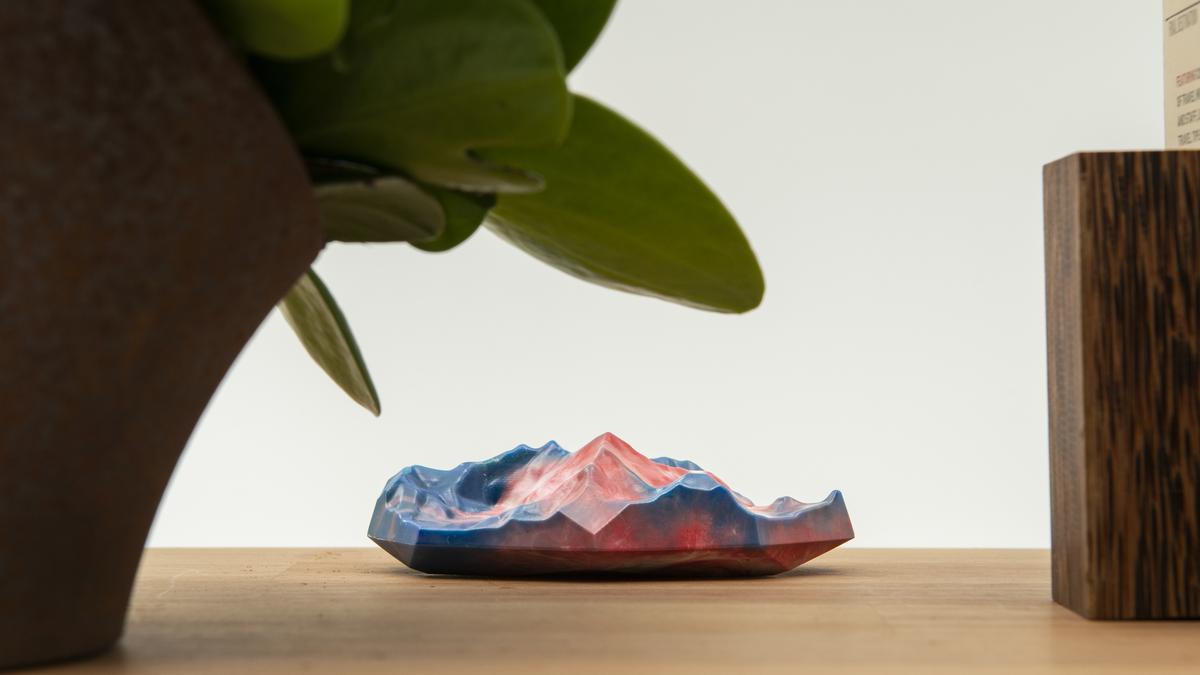
Jewellery and souvenir made from plastic discarded in the Himalayas
The Hindu
Moware in Nepal transforms discarded plastic bottle caps in the Himalayas into souvenirs, jewellery, and utility items, reducing waste in the mountains.
Have you ever wondered what happens to discarded plastic bottle caps? At best, they transform into wheels in DIY toy projects; or so we think. In Nepal, they are recycled into souvenirs, jewellery and everyday utility items by Nepal-based Moware. This design intervention enterprise Eva Villardon Grande gives a new meaning to waste left behind in the Himalayas.
Launched in 2013, Moware which stands for ‘Mountain Waste Repurpose’, employs innovative ways to reduce our footprint by upcycling and creatively transforming waste into useful products. The initiative was kickstarted to promote paper waste management in offices, even as it generated employment for low-income women from Lalitpur, Kathmandu. Over the years, they diversified, experimenting extensively with waste aluminium, wrappers, and glass bottles.
Among their collectables, the most talked about is the From the Himalayas collection including a miniature model of the mountains that shows its most iconic peaks — Shartse, Lhotse, Mount Everest, Nuptse, Changtise Peak, Khumbutse Peak, and Mount Lingtren. The collection also includes ornamental rocks, jewellery and candle stand, all made from plastic bottle caps discarded by trekkers in the Himalayas.
The glass in the collection are made from recycled alcohol bottles that are left behind by tourists. These are collected from hotels by Waste management companies. Moware sources these and turns them into utility items. An average trekker uses approximately 38 water bottles during the climb. Moware decided to see what could be done with the plastic instead of sending it to landfills, or having it incinerated. Towards this end, they set out to collaborate with two like-minded waste product resource management companies, Blue Waste and Sagarmatha Next., based out of Nepal, to find a solution.
How does the waste come down?
Carry Me Back was the first initiative of Sagarmatha Next to address the waste management challenge in the Sagarmatha National Park and the Khumbu region (Nepalese side of Mount Everest). When the pilot project of the crowdsourced waste removal system was initiated in 2019, 2,500 tourists transported about 4,000 kilograms of waste. The waste is segregated, packed in specially made bags and left at a pick-up station located by the stupa in Namche Bazaar.
Putting a cap













